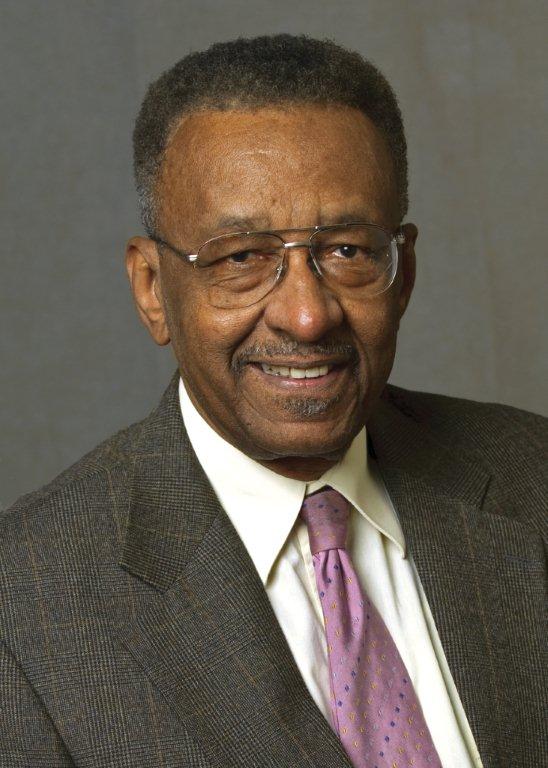It might have been Ross Perot who first used the expression that America is turning into a nation of “hamburger flippers,” in reference to the decline in good paying manufacturing jobs replaced by low-pay service sector jobs.
Here’s my question: If millions of high-paying jobs are leaving the country only to be replaced by millions of low-paying jobs, what prediction would you make about the trend in our standard of living? It would have to be in steep decline, but the facts don’t square with that. Per capita GDP, the population divided into the value of goods and services produced, is one of the methods used to gauge the standard of living. The historical trend, including today, is a rising American standard of living. In fact, our per capita GDP in 1980 was $21,500 and, as of 2002, it was $36,000 – a 59 percent increase. So how can it be that we’re becoming a nation of low-pay hamburger flippers?
How about this pronouncement: The rich are getting richer, and the poor are getting poorer? The Census Bureau just came out with a report saying that 35 million Americans are living in poverty. Robert Rector and Kirk A. Johnson addressed this figure in their recent publication “Understanding Poverty in America,” produced by the Washington-based Heritage Foundation.
From various government reports they find that: 46 percent of poor households actually own their homes; 76 percent have air conditioning; the typical poor American has more living space than the average non-poor individual living in Paris, London, Vienna, Athens and other cities in Europe; nearly 75 percent of poor households own one car, and 30 percent own two or more cars; 97 percent have at least one color television; 62 percent have cable or satellite reception; and 25 percent have cell phones.
While “poor” Americans don’t live in opulence, they are surely not poor either by international or historical standards in our own country. I’m betting if God condemned an unborn spirit to a lifetime of poverty but He left him free to choose the country in which to be poor, he’d choose United States.
How many times have we heard that the rich are getting richer, and the poor are getting poorer? Contrary to that nonsense, the fact of the matter is that some of the rich are getting poorer, and many of the poorer are getting richer.
According to the 1995 Annual Report of the Federal Reserve Bank of Dallas, only 5 percent of those in the bottom 20 percent category of income earners in 1975 were still there in 1991. What happened to them? A majority made it to the top 60 percent of the income distribution – middle class or better – over that 16-year span. Almost 29 percent of them rose to the top 20 percent.
The evidence suggests that low income is largely a transitory experience for those willing to work. There’s no mystery to it: As a function of age, people get wiser and gain more experience. That means it’s not very intelligent to think one can make meaningful statements about poverty simply by measuring income at a particular point in time. By the way, people are also mobile downward, as suggested by the joke that the easiest way to become a Texas millionaire is to start out as a Texas billionaire.
Here’s Williams’ roadmap out of poverty: Complete high school; get a job, any kind of a job; get married before having children; and be a law-abiding citizen. Among both black and white Americans so described, the poverty rate is in the single digits.
